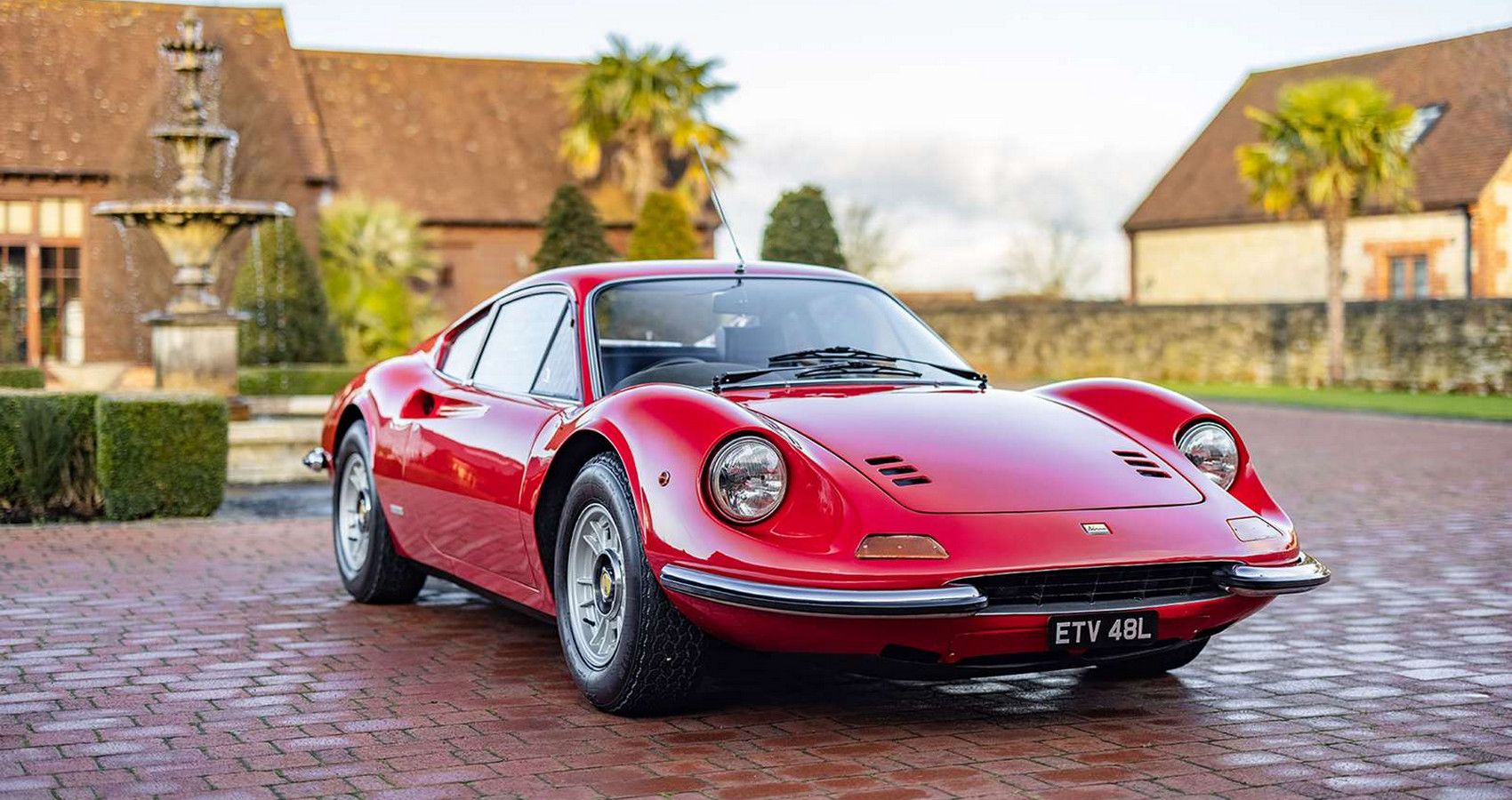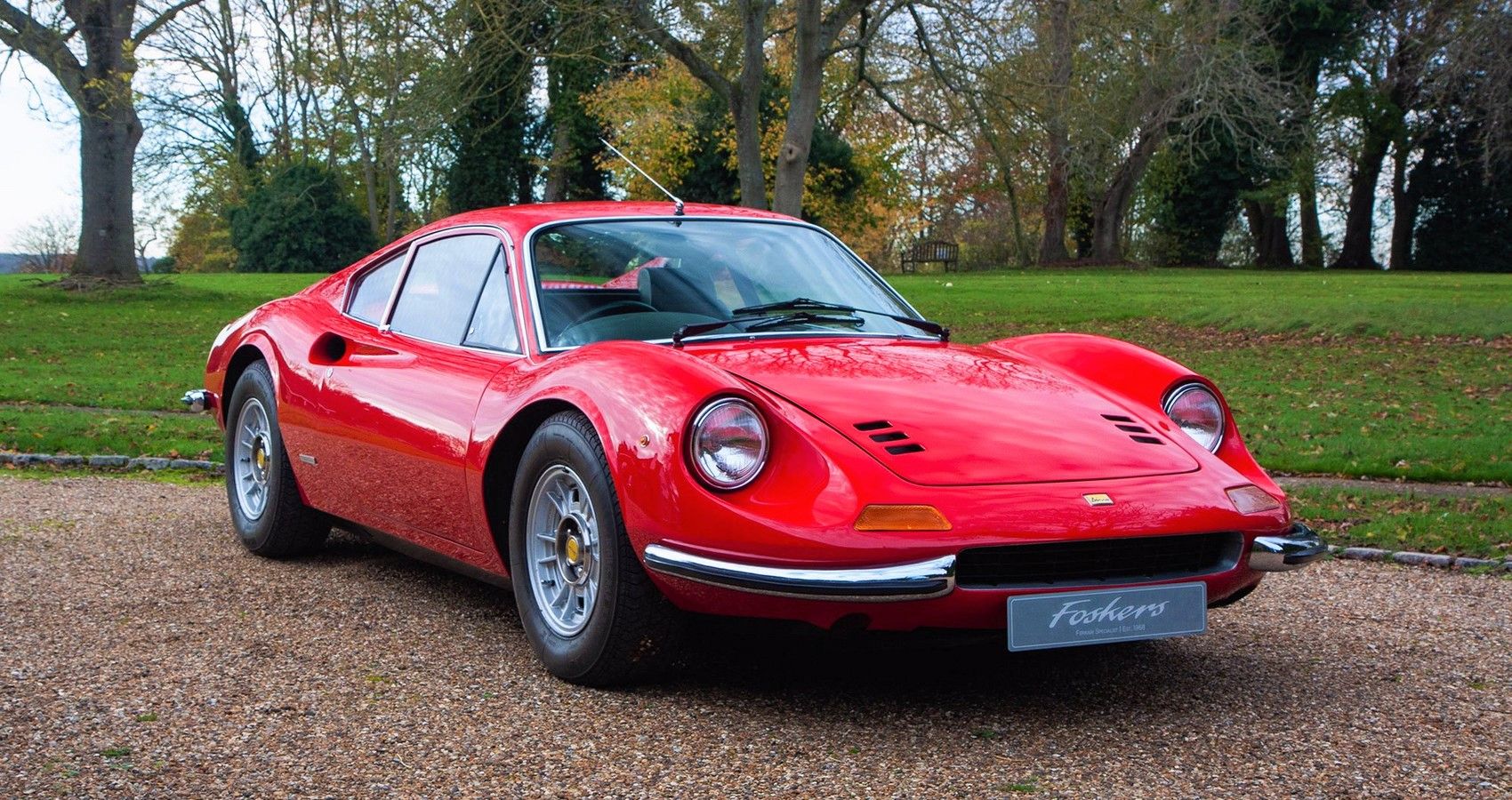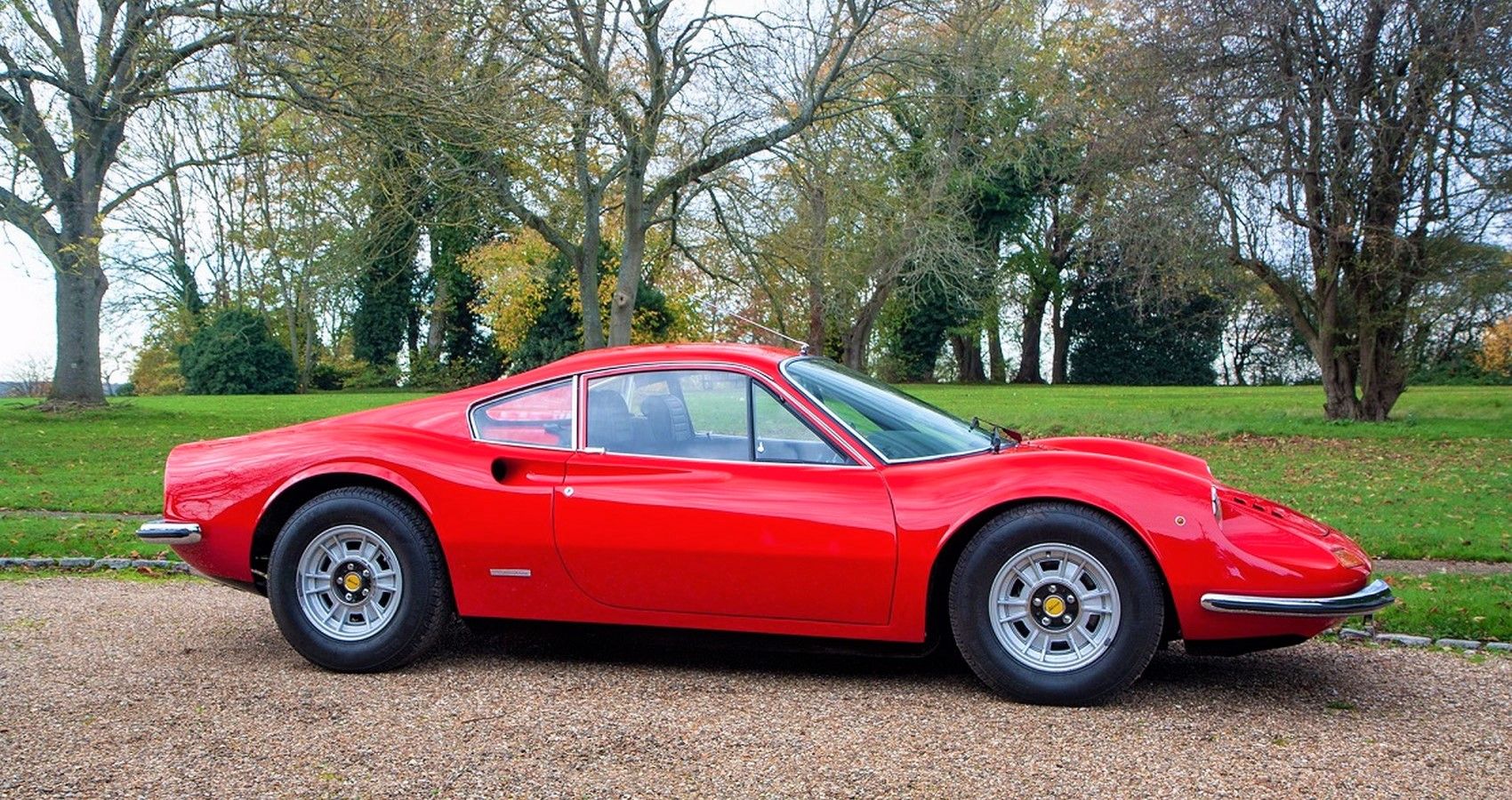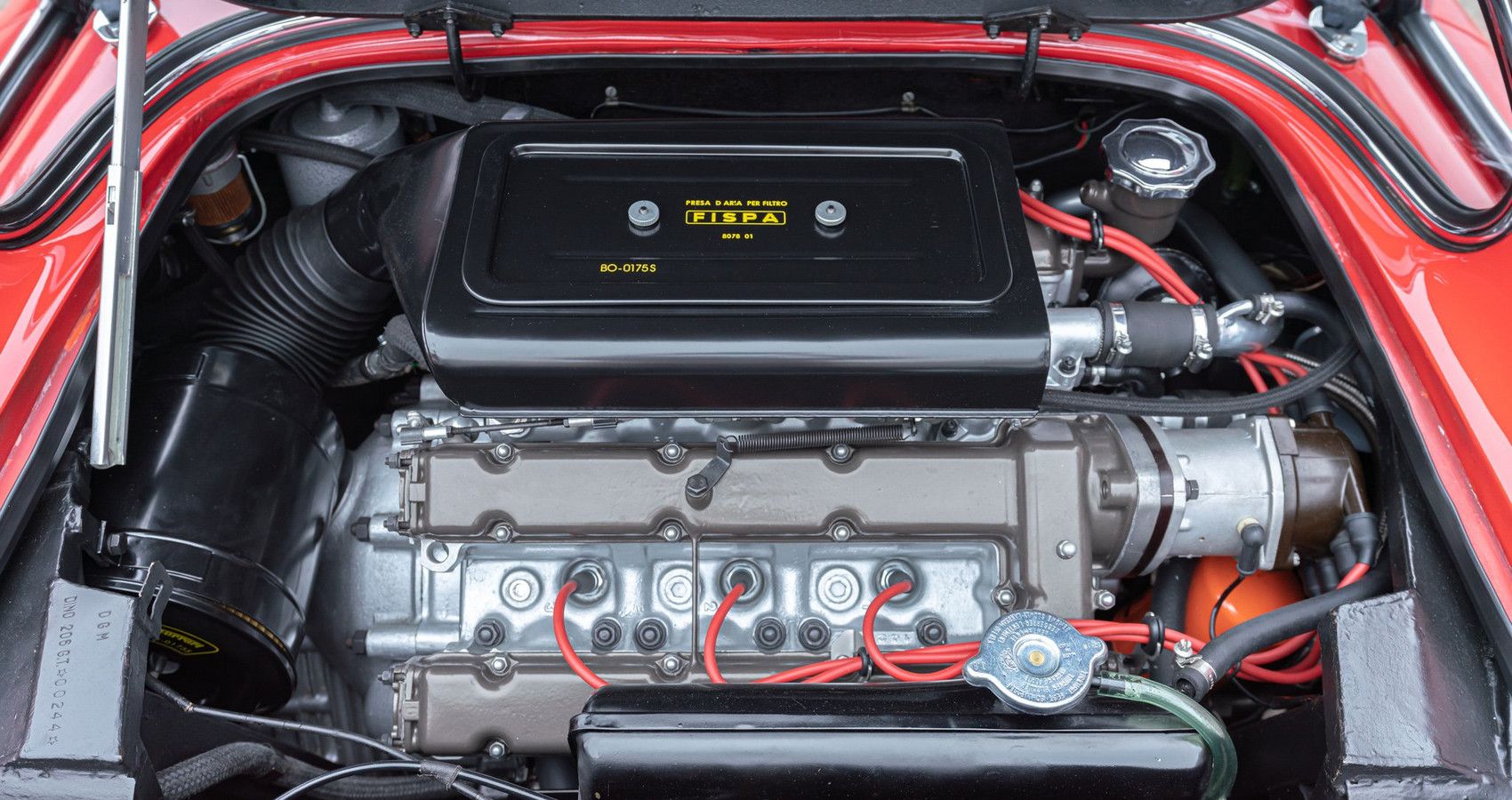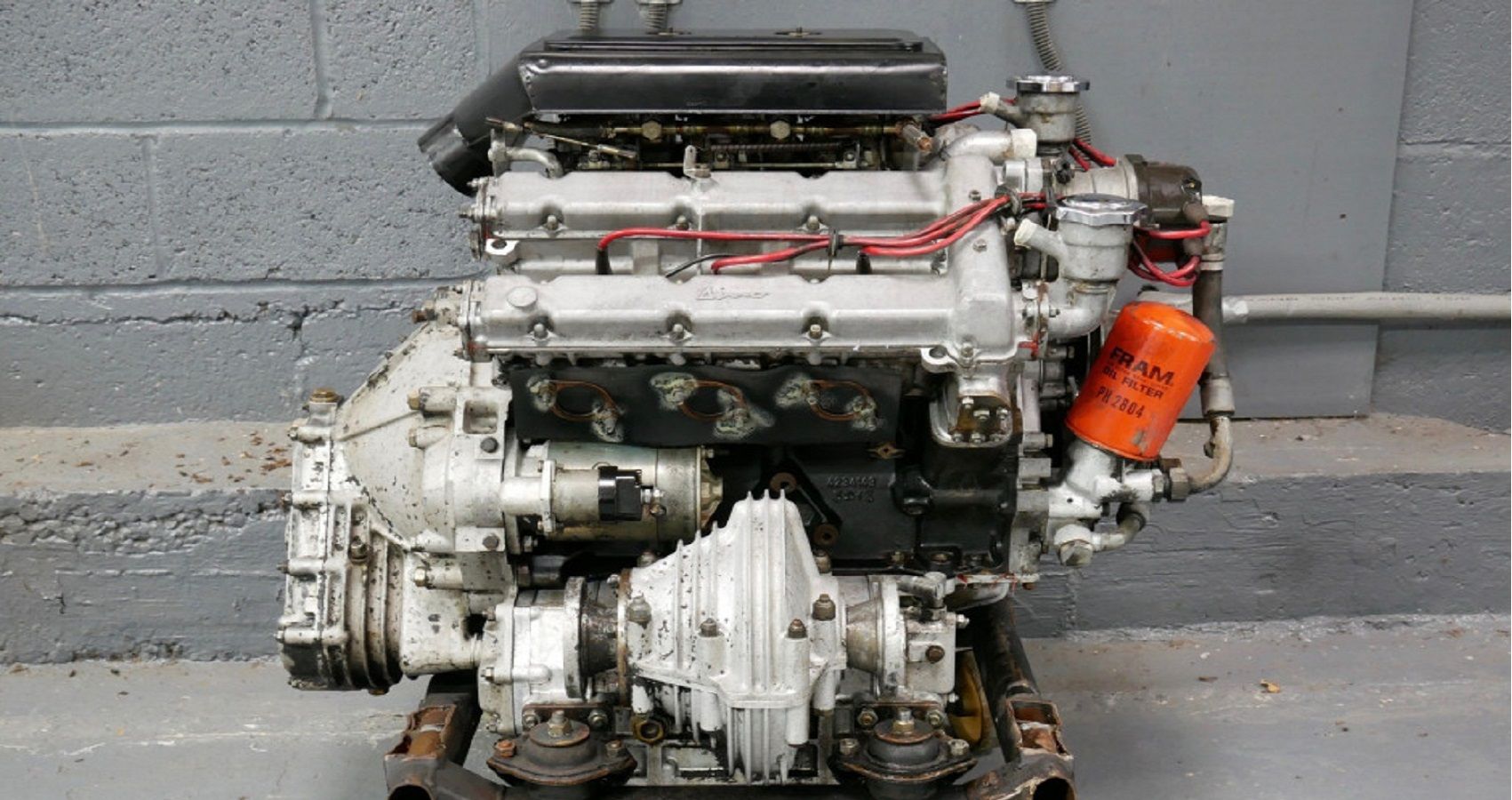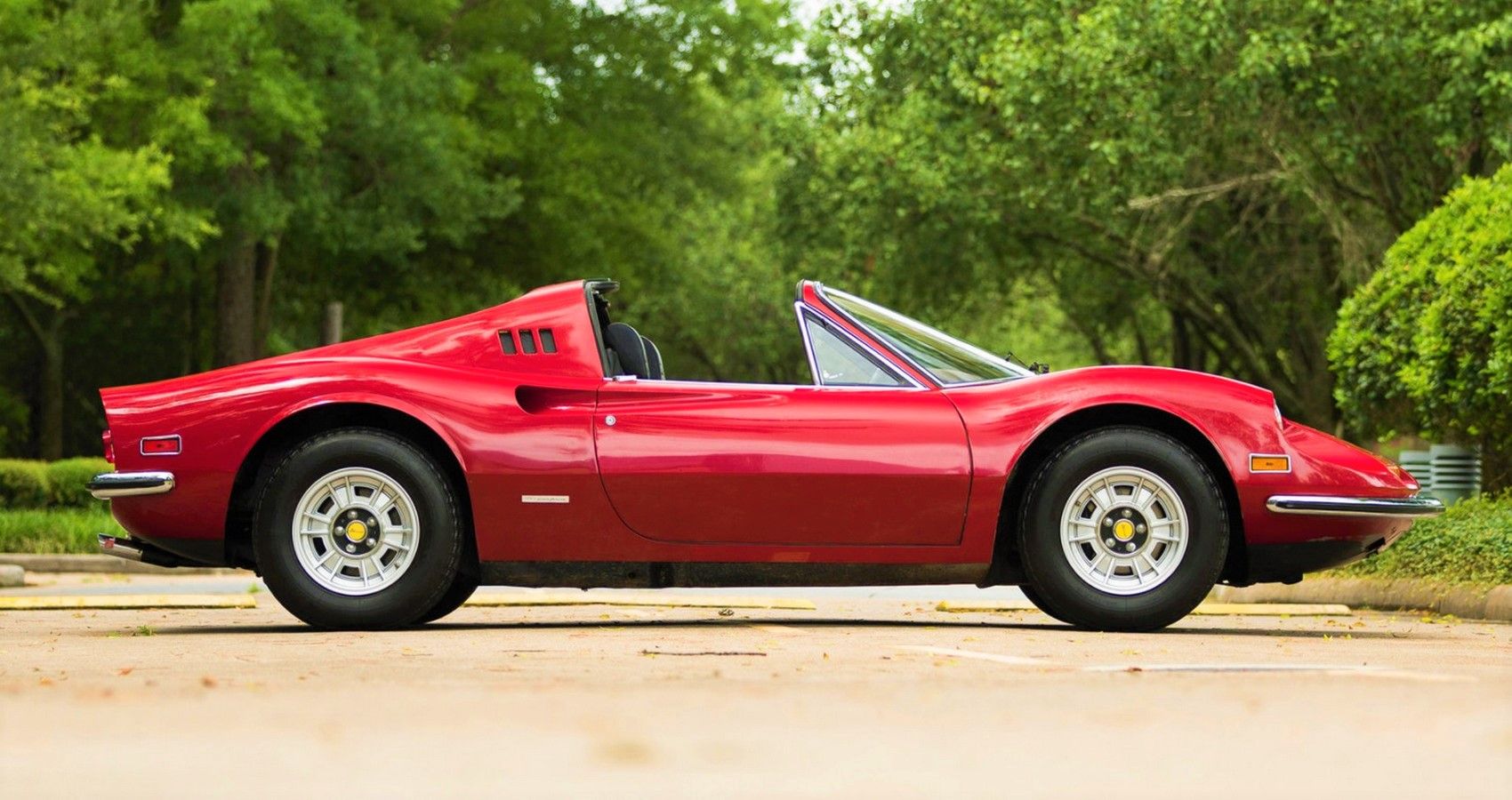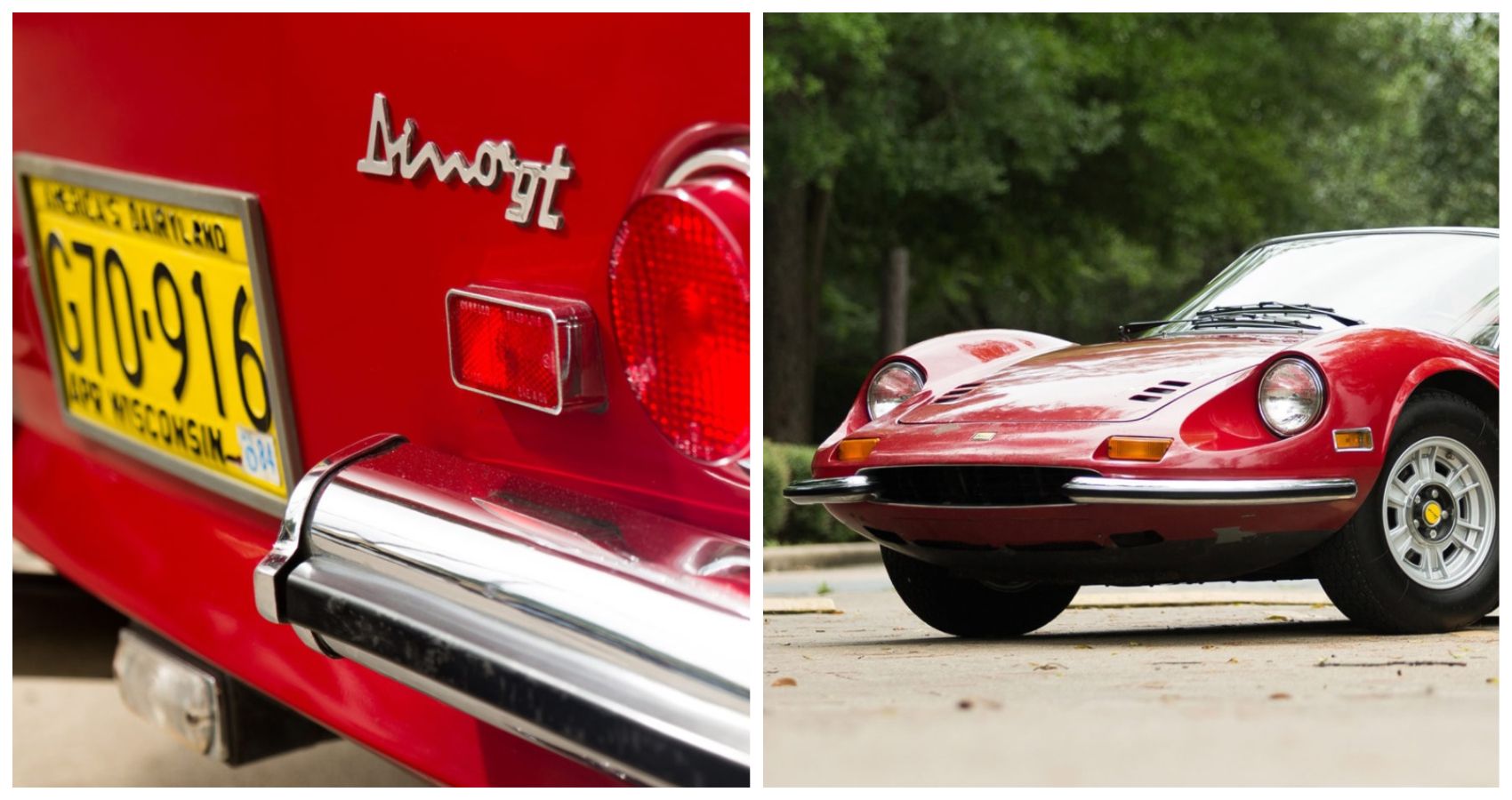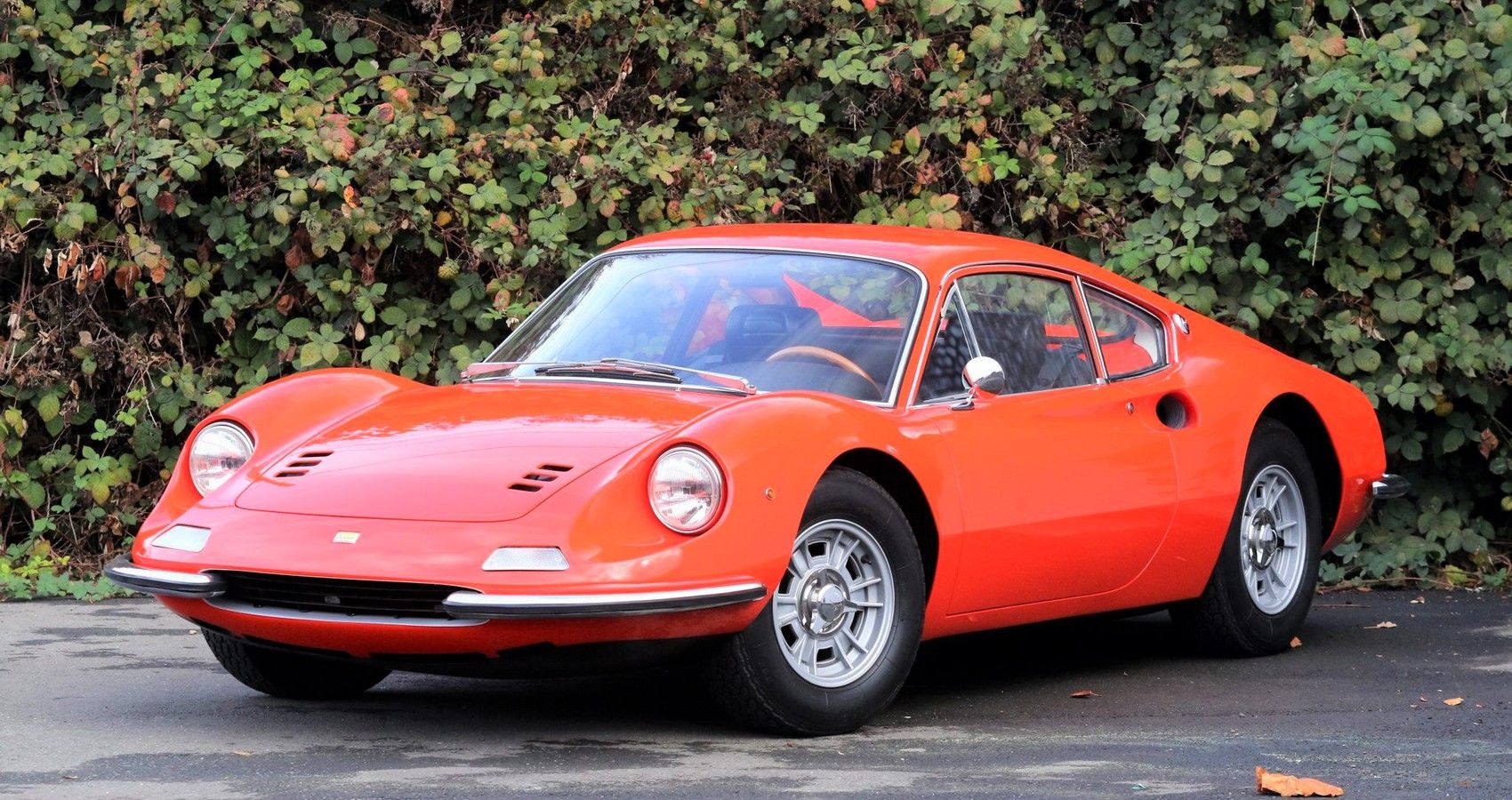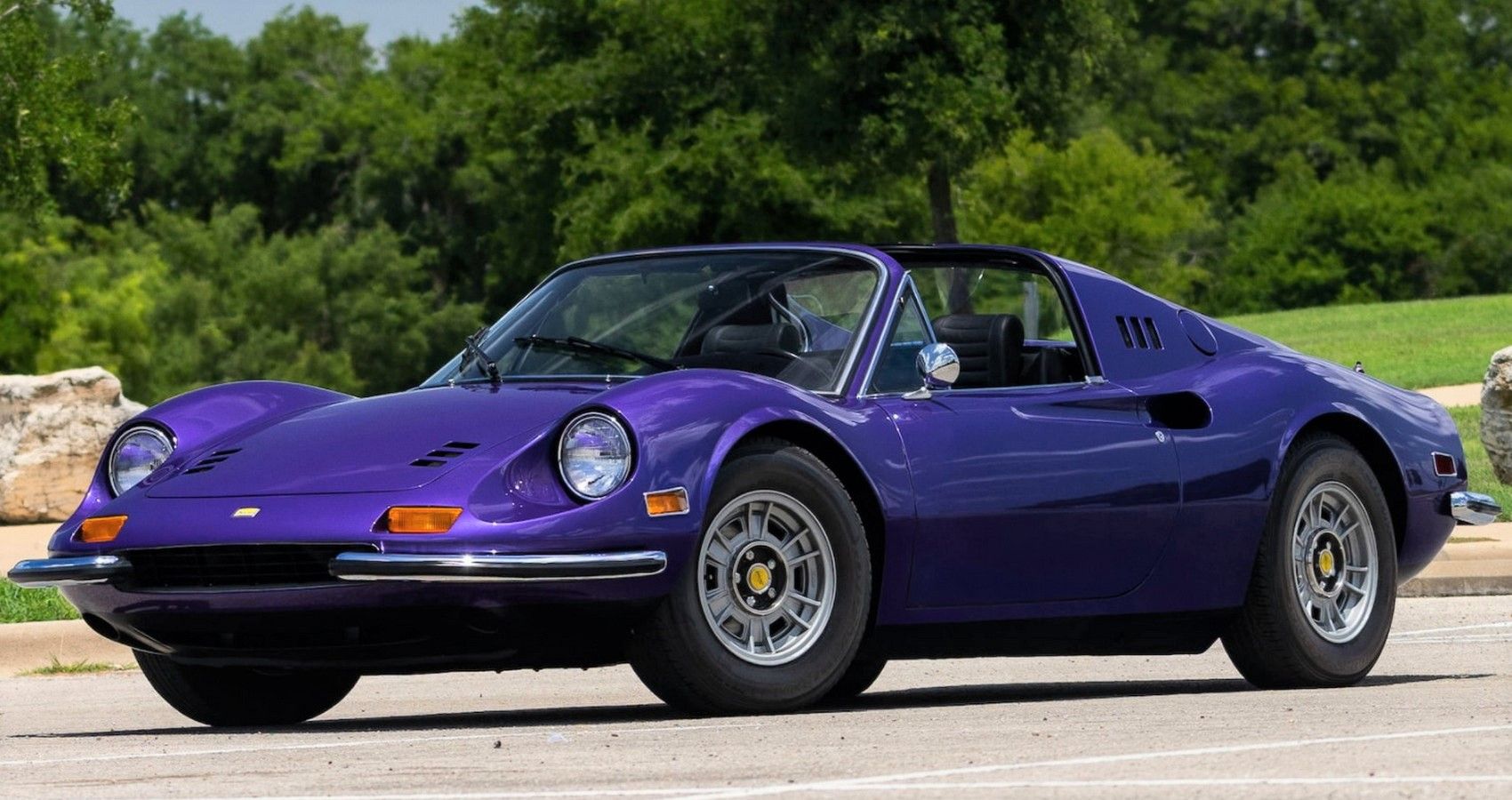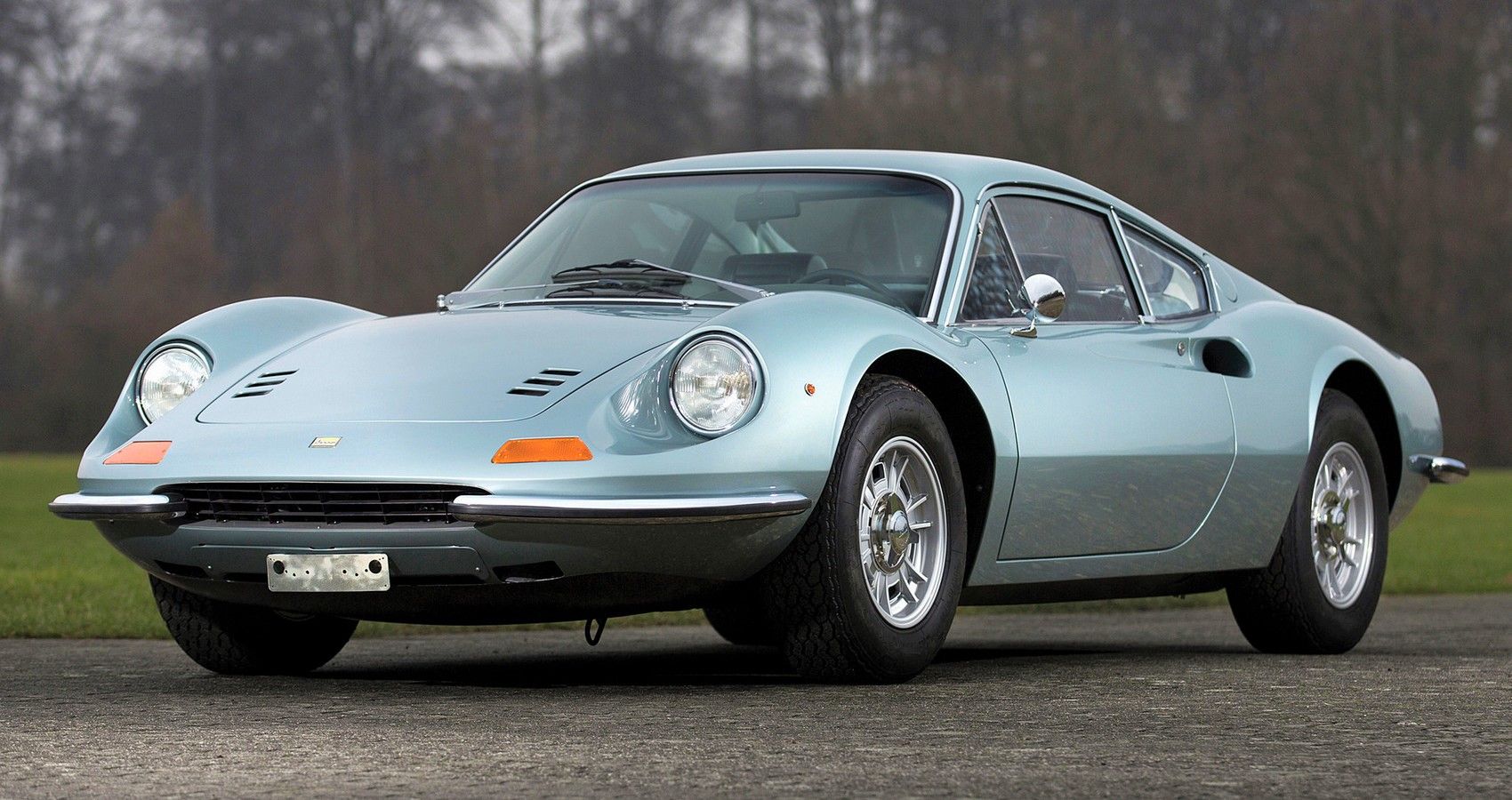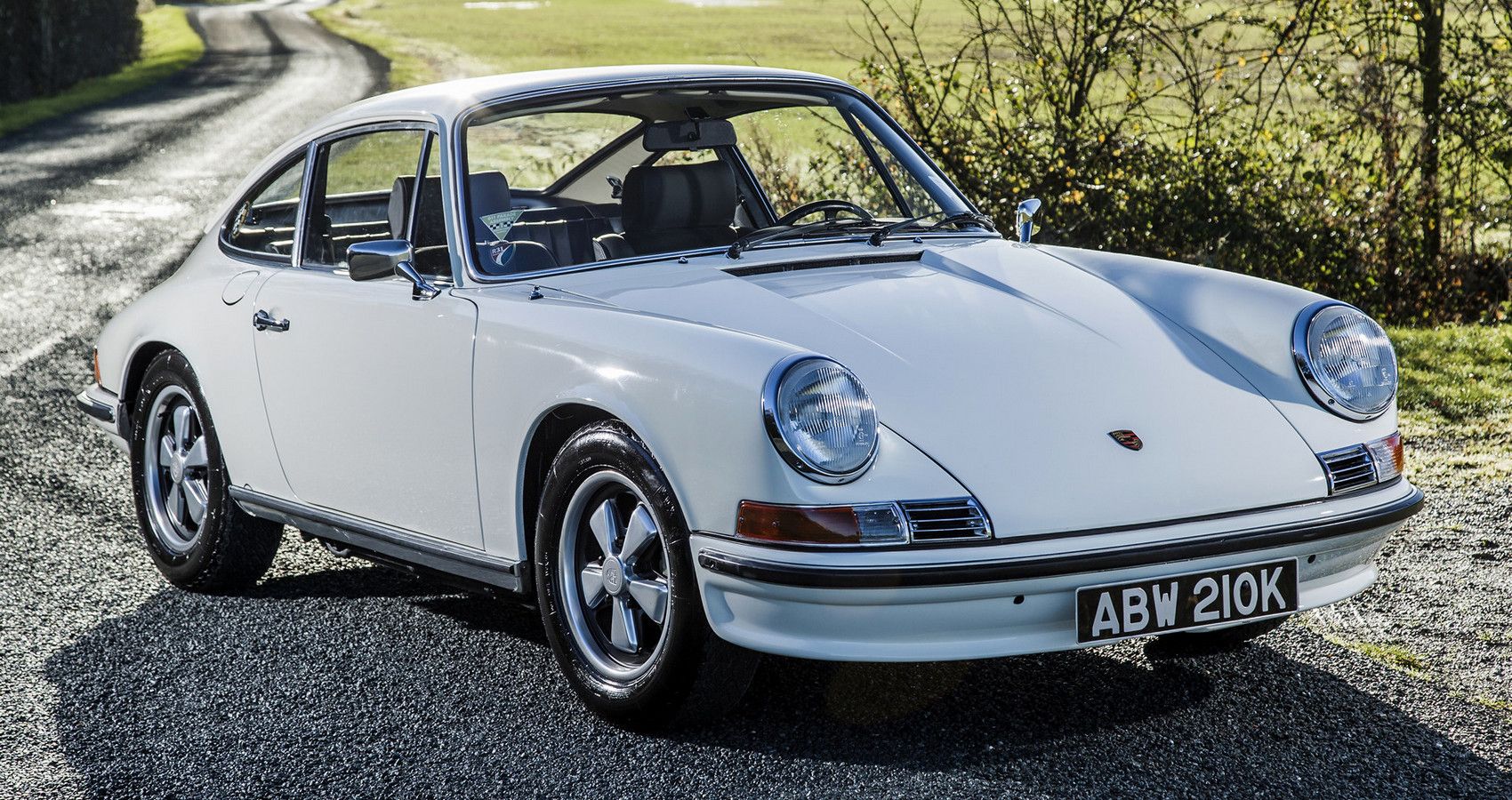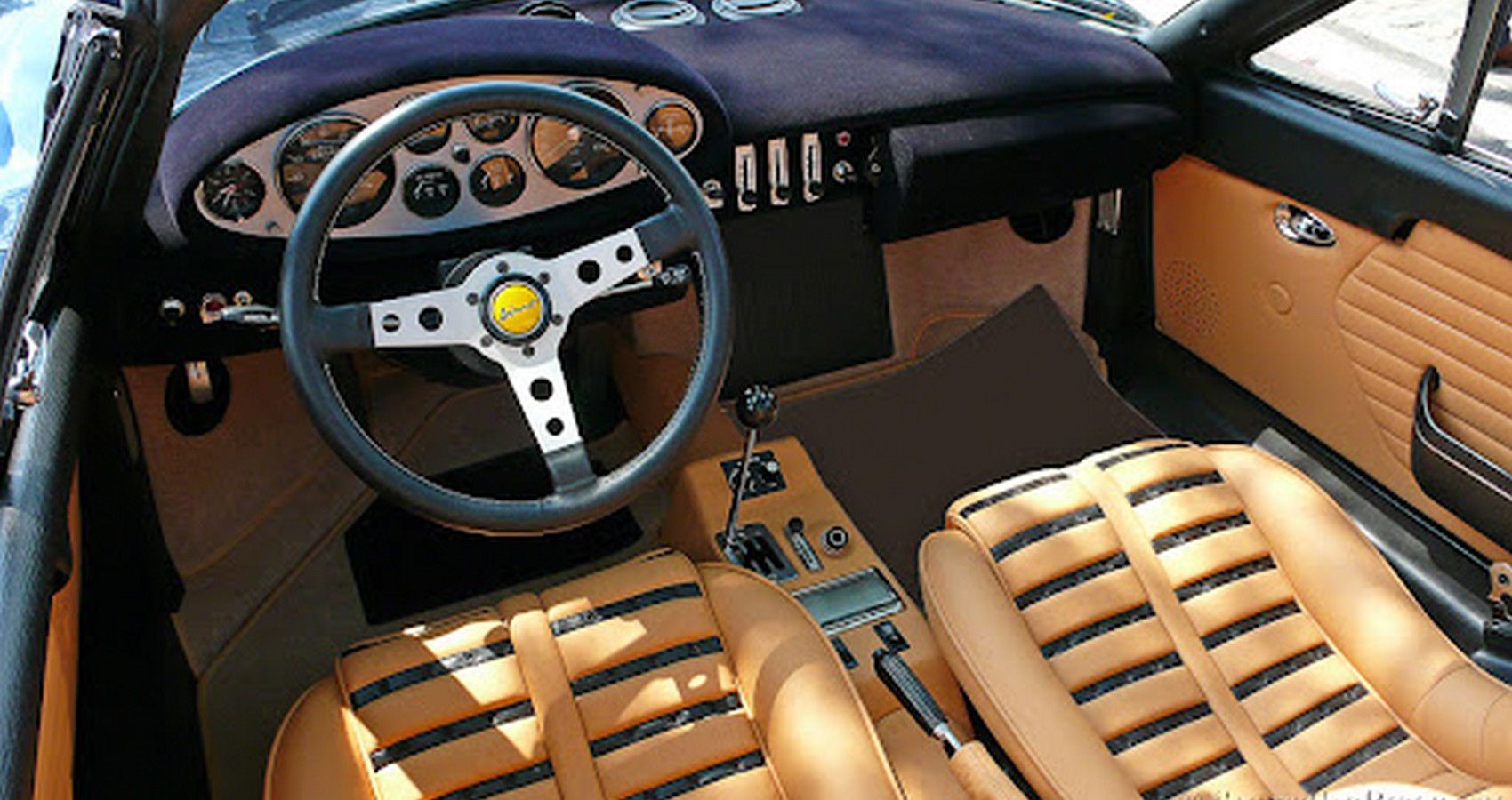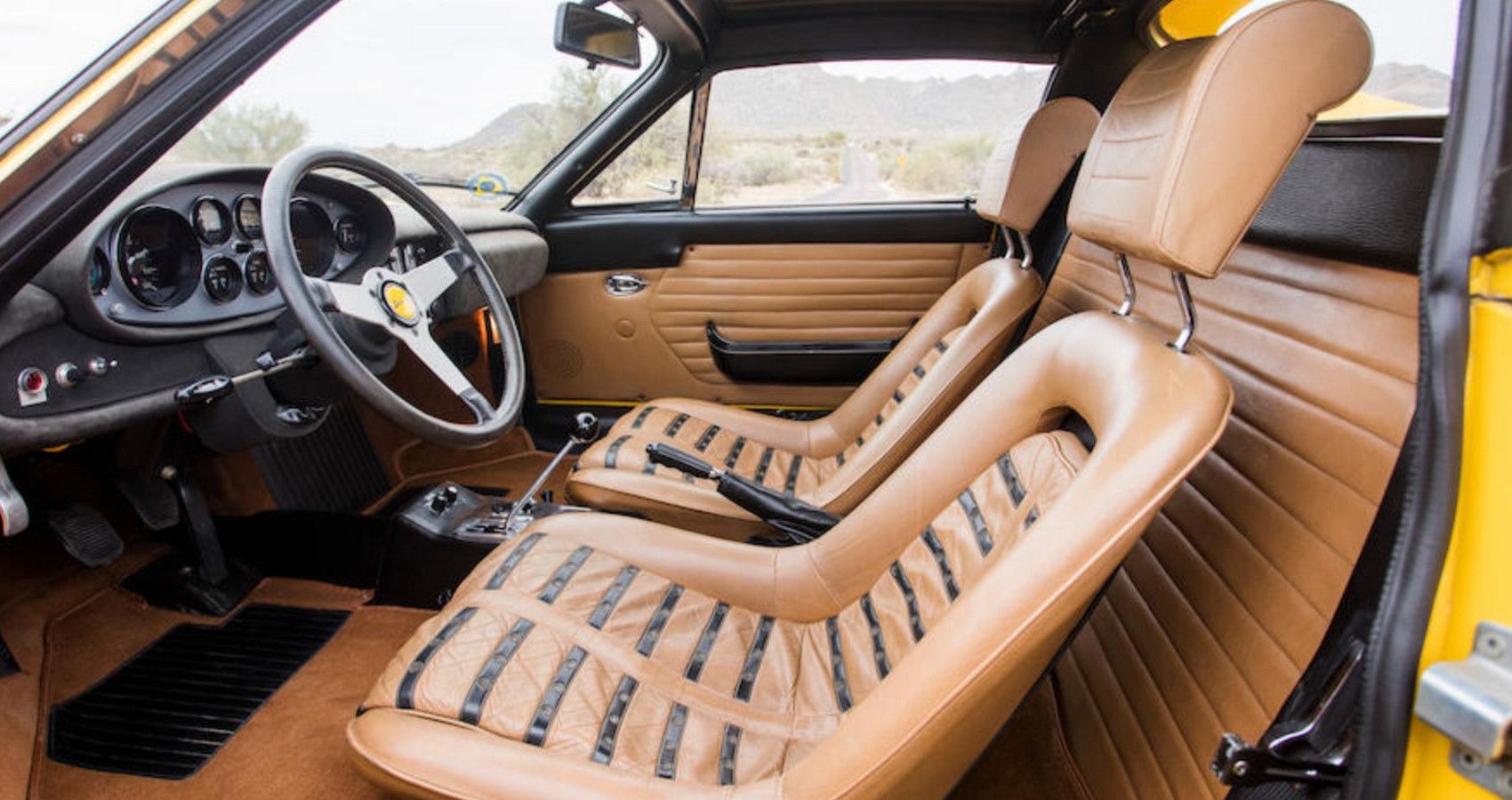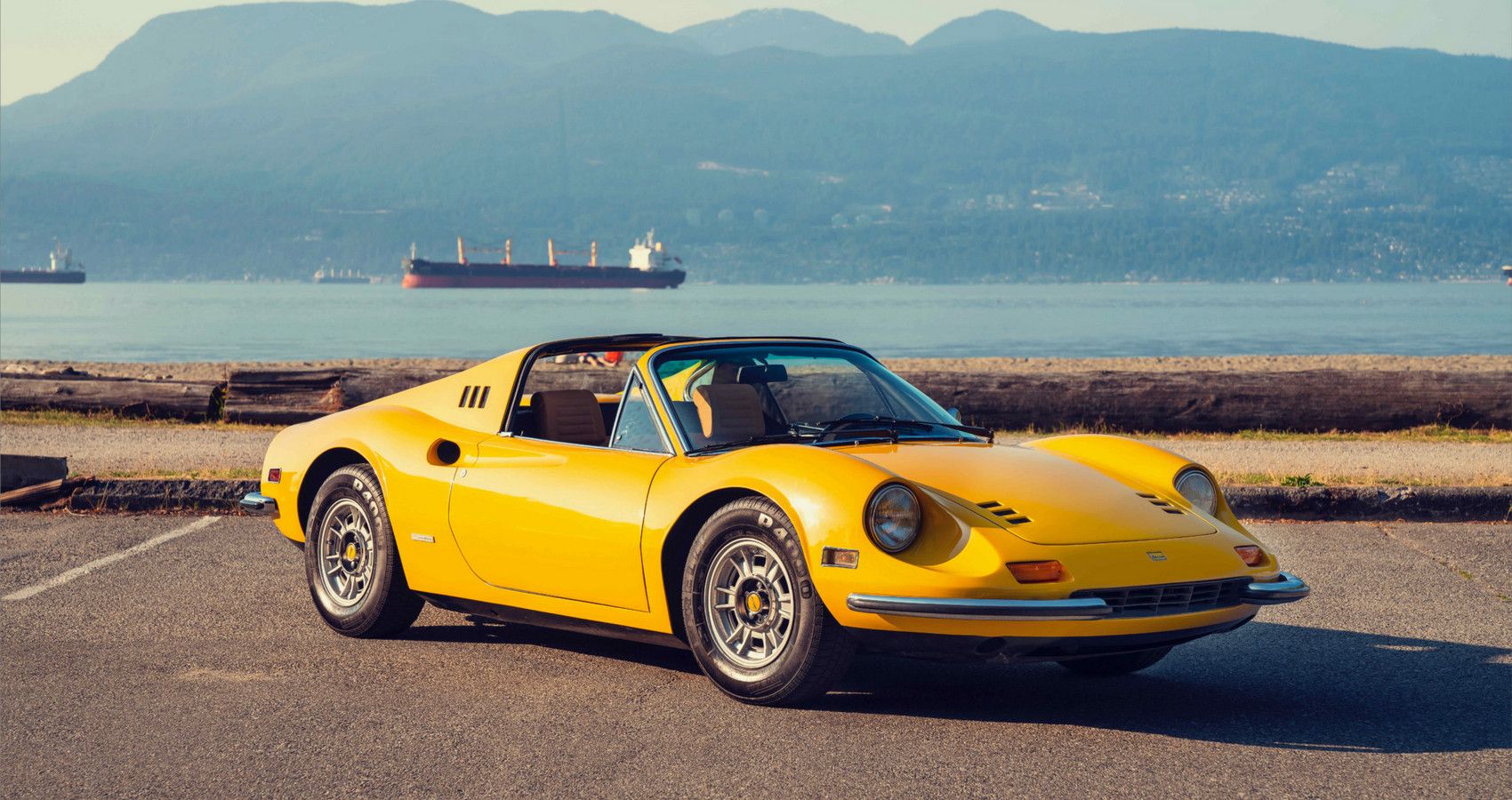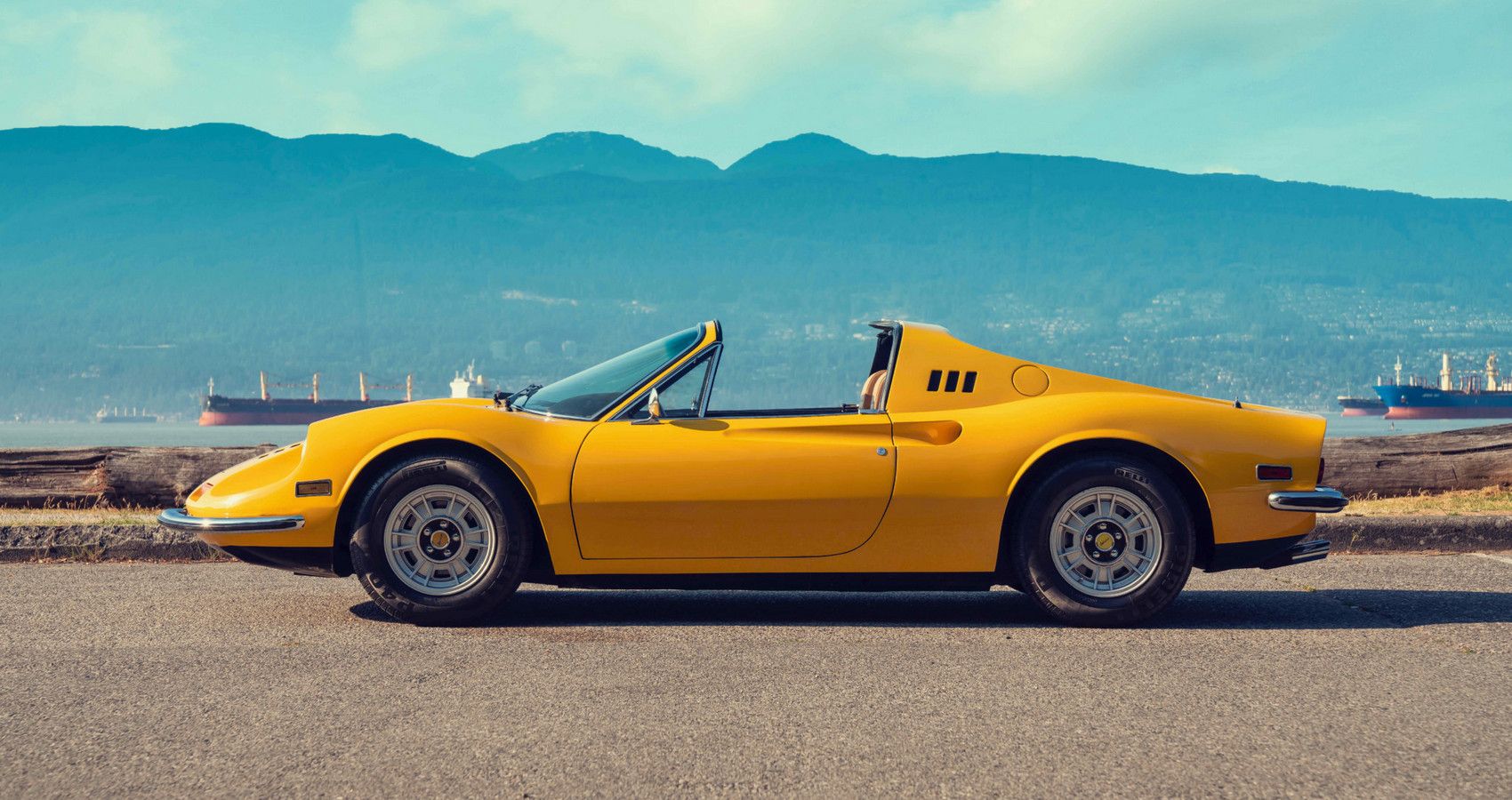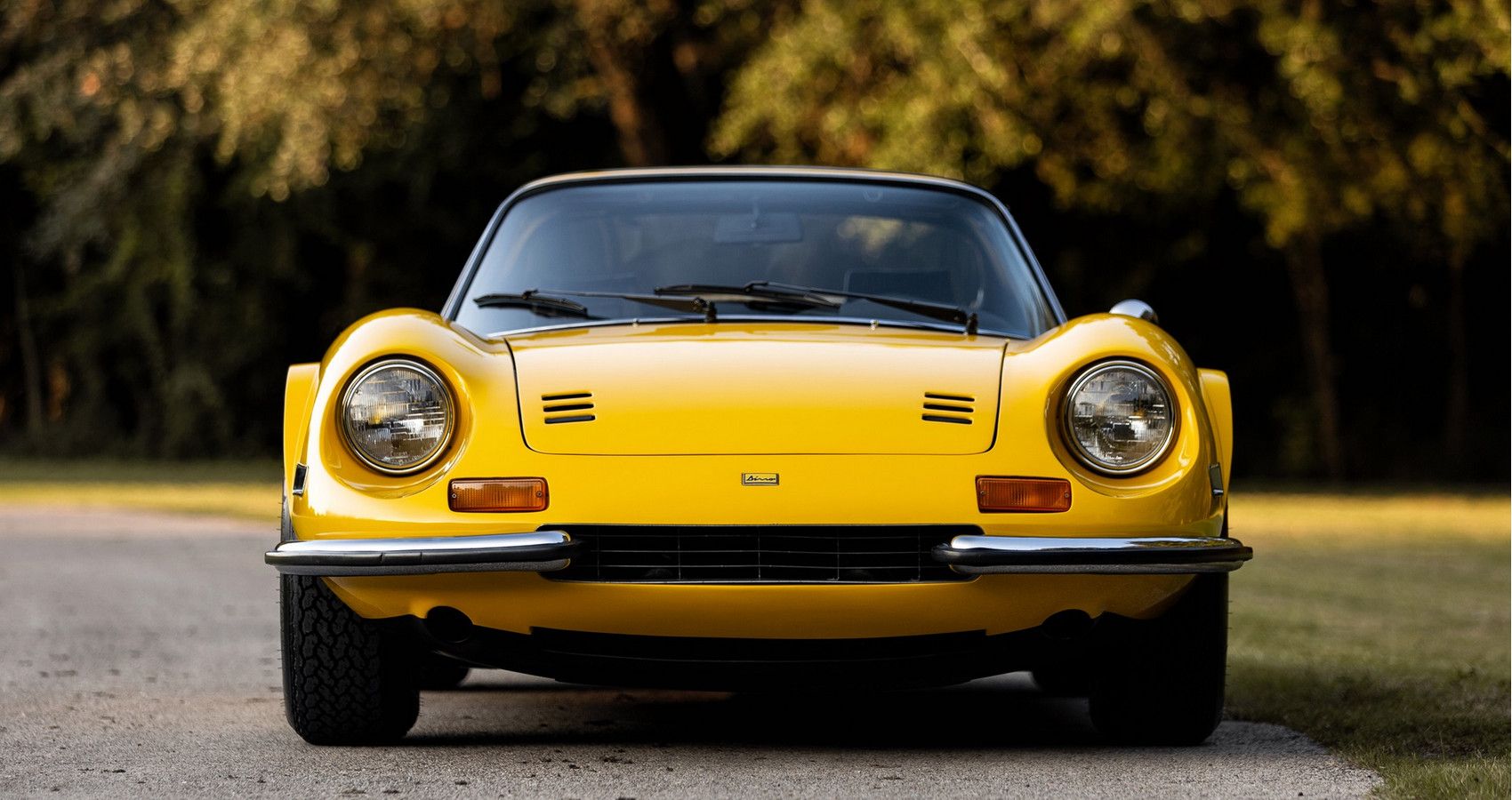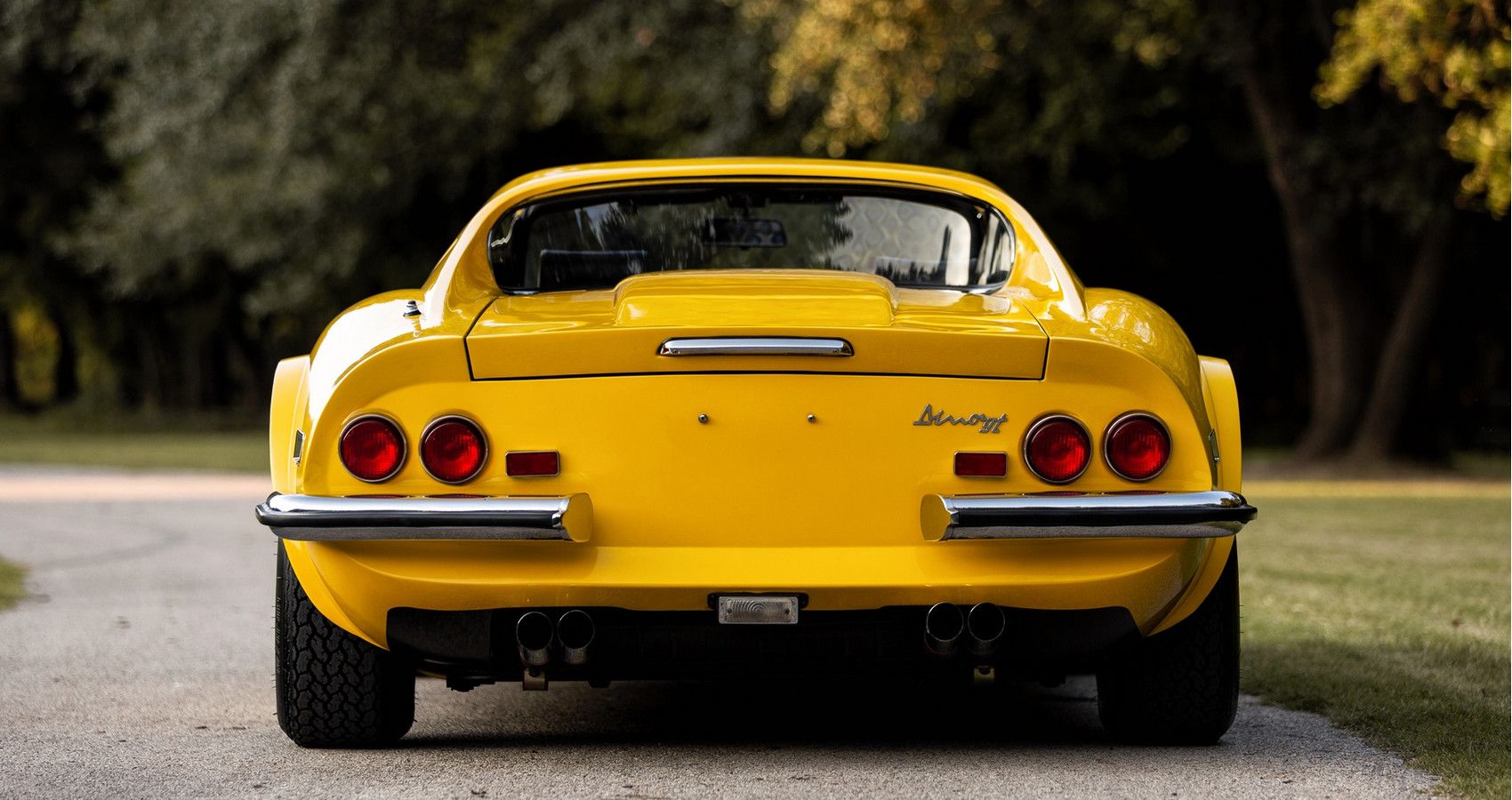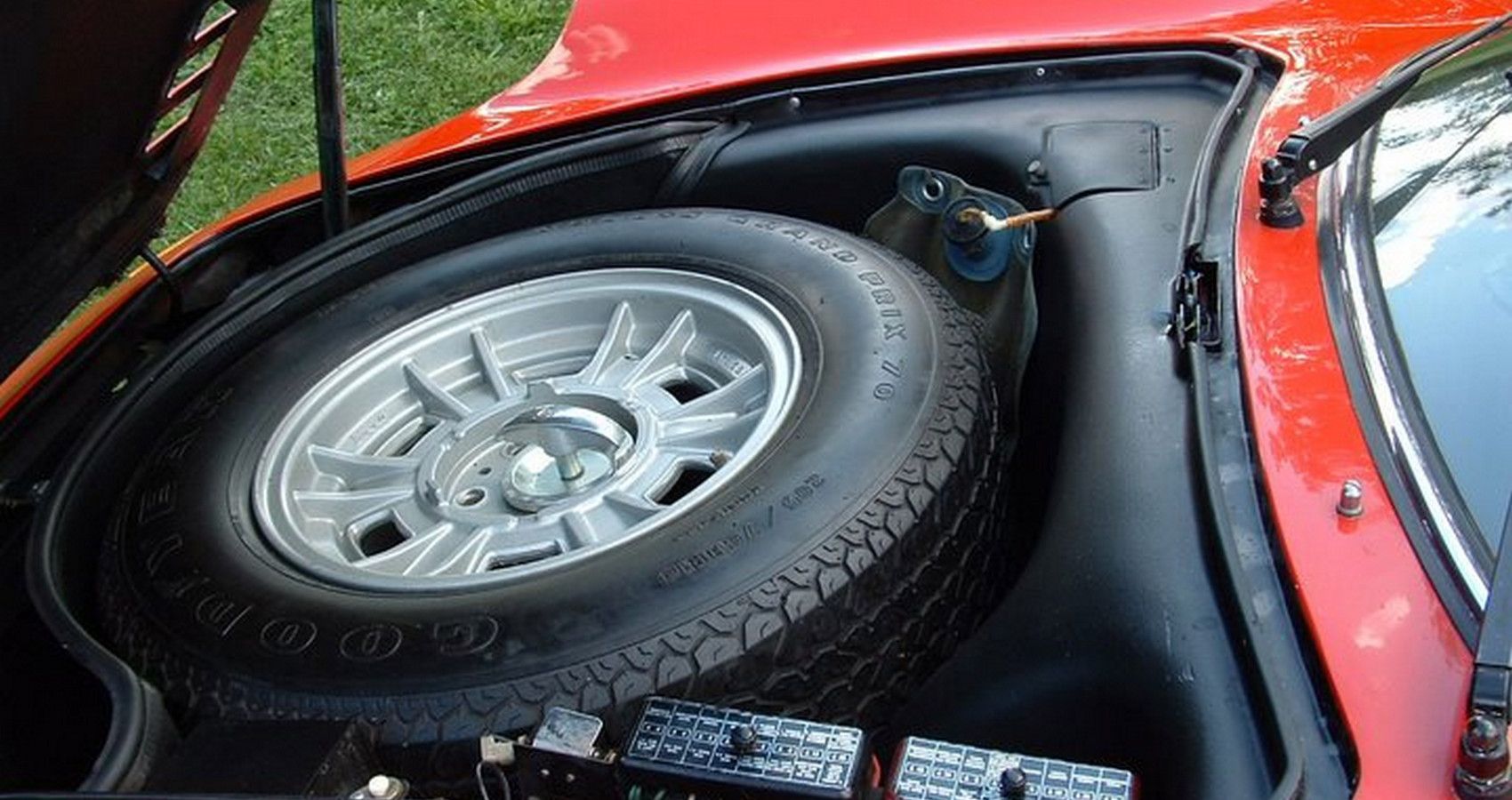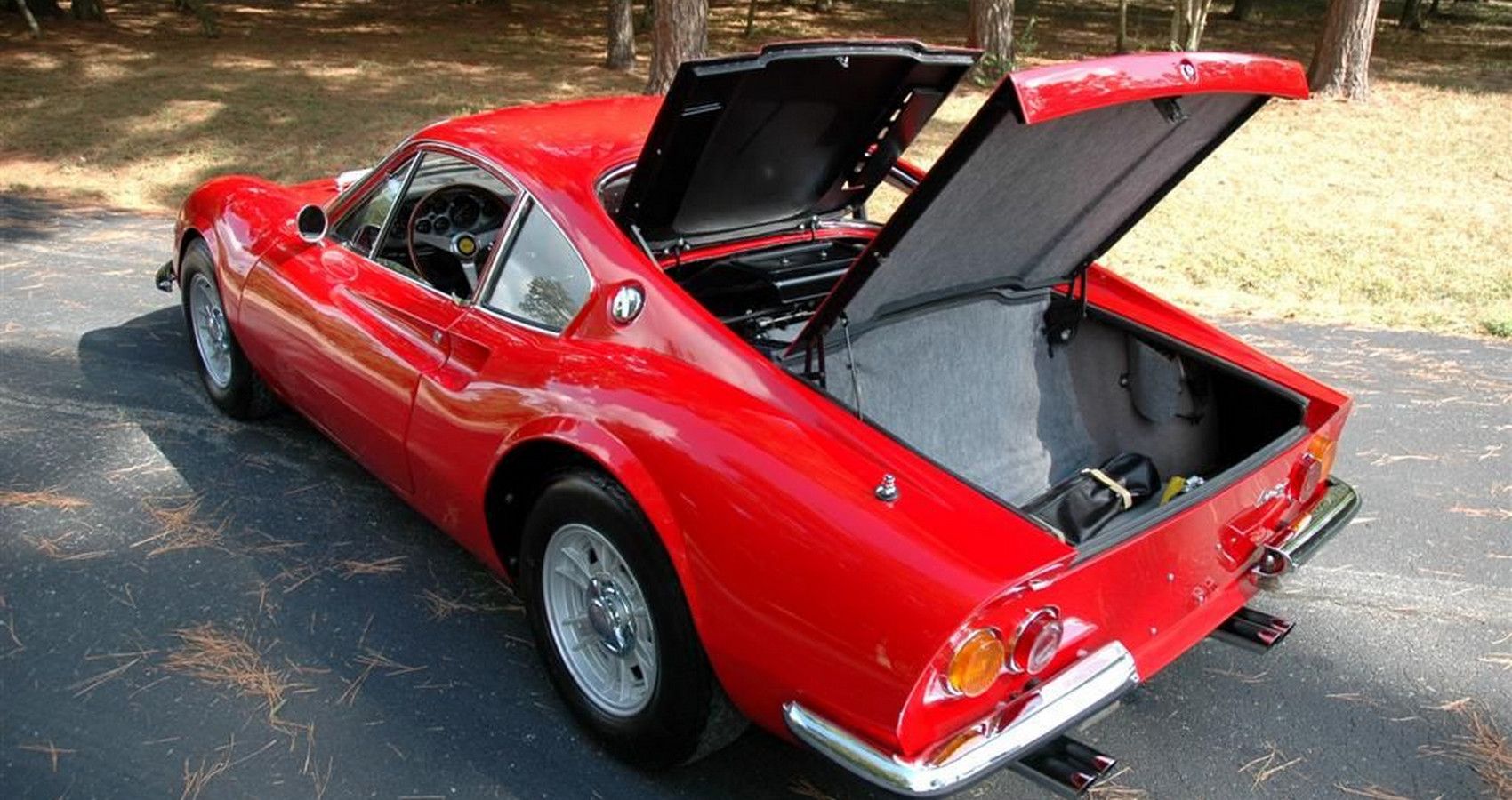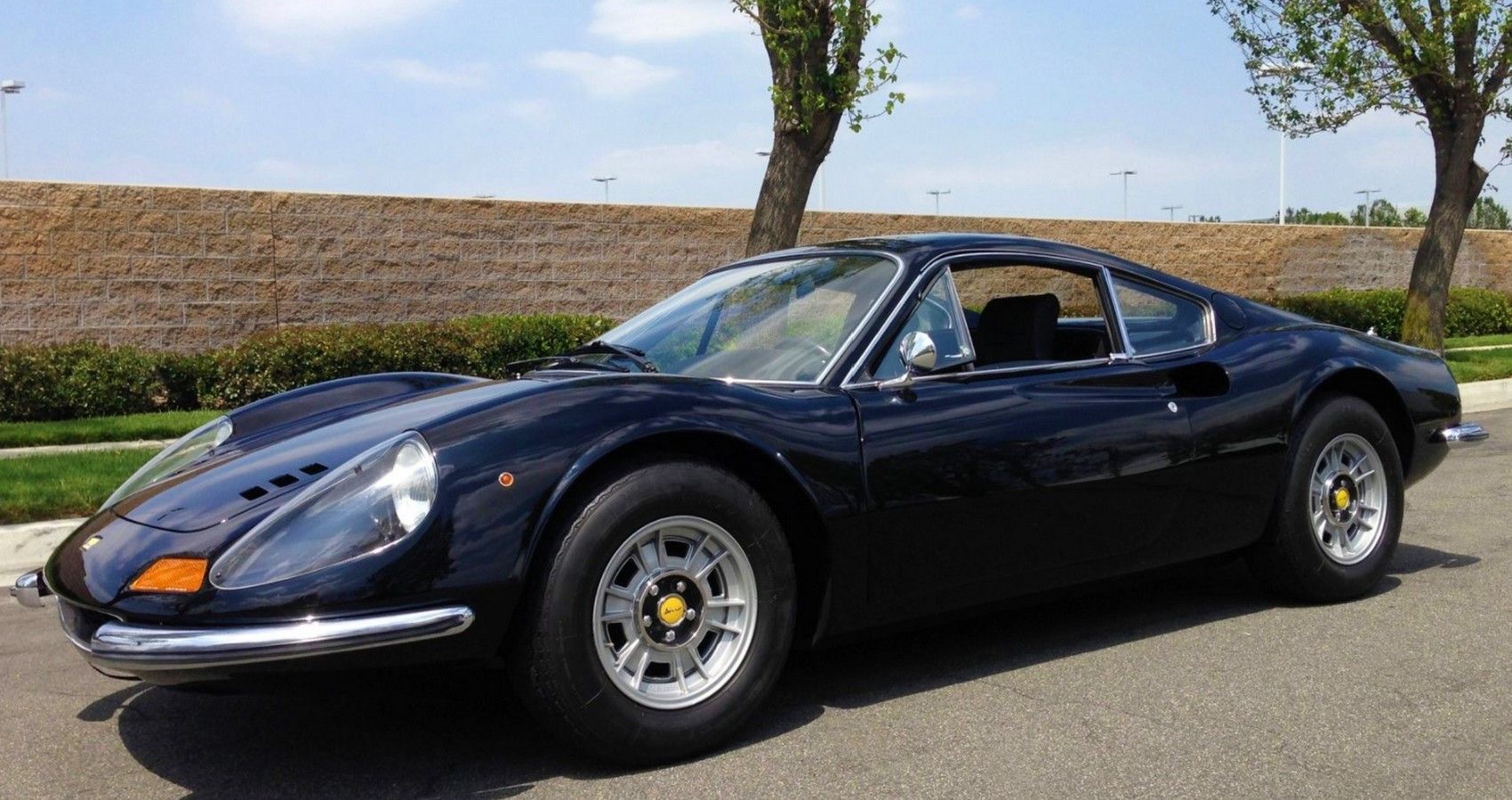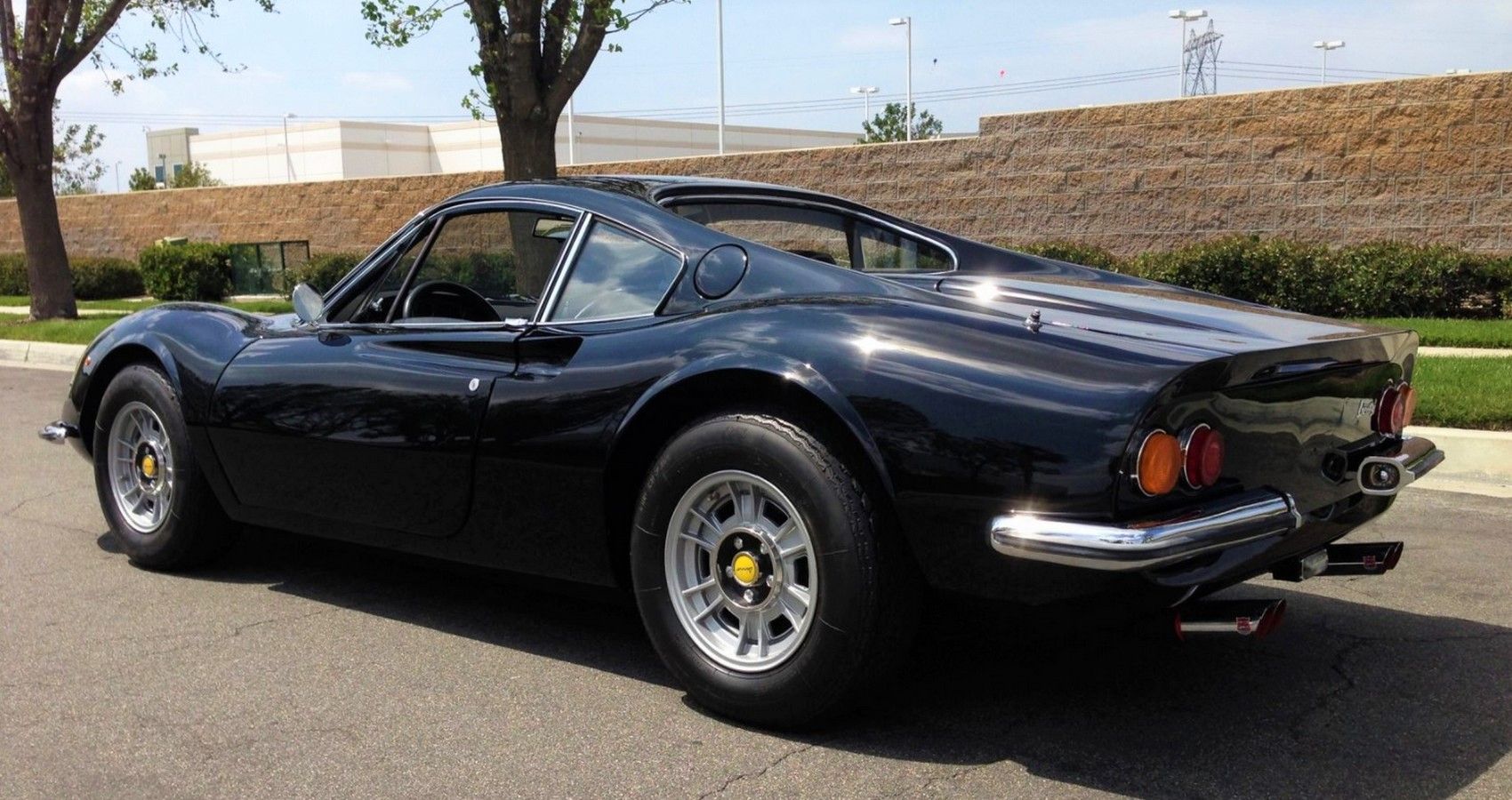Ferrari, the most famous automaker in the world, with an unrivaled back catalog of stunningly beautiful creations, none more so than the Dino 246 GT, a small sports car that most gearheads forget didn't wear the prancing horse emblem.
What makes the Dino the best "Ferrari" ever produced was its ability to drive and handle better than any of its more famous Ferrari stablemates, and yet Enzo Ferrari himself initially looked down upon the marque that bore his son's name. Despite its lower pedigree, it was among the fastest production cars of its day, and with looks that could even put the more famous 250 GTO to shame the Dino 246 GT remains a favorite among classic collectors.
As a brand, the Dino marque is most famously associated with Alfredo Dino Ferrari, who tragically lost his life at just 24 years of age, before the Dino 246 GT even existed, and yet more than half a century later the lesser-known Maranello supercar still throws up a few forgotten surprises.
10 Ferrari's First Mass-Produced Sports Car
Up until 1967 Ferrari wasn't the low volume carmaker that it is today, in fact, the Italian carmaker would have preferred not to be associated with mass-produced cars at all, preferring to concentrate its efforts on racing.
Racing is, however, an expensive sport. Ferrari, under the new ownership of Fiat, still needed to balance its books, leading to more cars being produced for road use. Thie Dino would then be the first Ferrari road car produced in any considerable numbers with a total of 3,761 examples across a six-year production run.
9 Ferrari Power
The Dino's engine despite sharing its creator's name wasn't designed solely for Ferrari's first mass-produced sports car, but rather for the Formula 2 series from as early as 1956, later finding homes inside a range of Italian racing cars and road cars.
The earliest dino engines featured a 60 degree V6 block with a 2-liter displacement producing 200 hp predominantly used for competition use, road cars used a revised 65-degree layout with a choice of engine capacities depending on the model.
8 Dino Or Ferrari?
The Ferrari Dino connection goes deeper than just its engine, produced under the Dino Marque, a name previously used exclusively for the brand racing series. A certain amount in in-house brand snobbery led to the Dino name being adopted for road cars, while V12 engine Ferrari's would continue under its founder's name, smaller "cheaper" cars with V6 and later V8 engines would be known as Dinos.
Arguably one of the best sports cars ever made, designed by Pininfarina and manufactured by the same engineers at Maranello, surely enough to qualify as a Ferrari. But, examining the Dino thoroughly, there isn't a single prancing horse badge to be found, in its place, a simpler Dino GT script adorns the rear quarter panel.
7 206 GT Vs 246 GT, The Real Differences
It's all in the name, surely the only difference between the 206 GT and later 246 GT is the engine size? The latter with a more powerful and larger 2.4-liter version of Ferrari's V6 rated at 192 hp would normally be the one to go for, more power delivers better performance.
In typically Italian fashion things are not quite so clear cut. Visually identical, the 206 GT does have an advantage in its construction process. Built from aluminum, the 206 GT is 400 lbs lighter than its longer 246 GT steel-based brothers, all but completely offsetting the power deficit.
6 Ferrari Vs Porsche
Two sportscars with very different approaches, the Porsche 911S with its rear-engined design and well-documented tricky handling, or Ferrari's sharper and more precise mid-engine layout? Both at the time presented the finest engineering that money could buy even the Porsche was leagues ahead in terms of reliability and build.
In the performance stakes, it's a double win for Italy, the 246 GT bosting a higher top speed (146 mph vs 136 mph) and marginally quicker to 60 mph also. Porsche would later regain the upper hand with a revised 911S boasting a more powerful flat-six.
5 Driving Position Quirks
Stepping ínside any Italian sports cars is an experience in itself, managing to be both luxuriously trimmed and minimalistic at the same time. The Dino here is no exception, a simple two-seat cockpit finished in the finest Italian leather and little else. Ahead of the driver an array of analog dials provides vital information from speed to oil pressure and temperature.
One thing that is immediately apparent on closing the door is a lack of space, occupants from either seat are easily able to reach the opposing door. The Dino's lack of space due to its overall compact size also presents an issue for taller drivers, a fixed steering wheel position can make sliding into the driver seats challenging. Even after this contortionist challenging entry owners were still faced with a peculiar off-set pedal arrangement giving the impression your feet were traveling in an altogether different direction from your body.
4 Dino 246 GT Spyder
Subtle revisions aside by far the biggest update arrived in 1972, Ferrari offering the Dino in 246 GTS specification, the "S" denoting a Spyder roof configuration.
Traditionally "Spyders" are full convertible affairs with a folding roof mechanism of some description. Here, Ferrari, rather than redeveloping the 246 GT from the front pillars backward, opted for a simpler Targa-style system, once removed the panels could be stowed behind the seats.
3 Not All Dinos Are Equal
Without question the prettiest Ferrari of all time, regardless of how the Italian carmaker tried to separate lesser models from its premium offerings, the Dino 245 GT though did receive a few minor updates ins the pursuit of making the best even better.
Easily distinguishable once you know where to look, the "chairs and flares" update is easily distinguishable by its wider wheel arches, beneath which Ferrari fitted the 246 GT with a set of 7.5-inch Campagnolo wheels, decidedly tiny by modern standards. On the inside, Daytona-style seats replaced the standard-fit ones adding valuable butt space for those of a bigger frame.
2 Surprising Practicality
Mid-engine layouts are great for balance and handling, but they do cause a few headaches when it comes to space, even the very best of modern sports cars built this way struggle with a soft holdall.
The nose of the 246GT is home to the car's radiator, battery, and a full-sized spare wheel, no space for any luggage here. And give the rear-mid engine design you would expect the same round back, however, the 246 GT uses a transverse engine layout, behind which a surprisingly large trunk area of 10.6 cubic feet can accommodate at least two decent-sized bags. Who said sports cars cannot be practical?
1 Collectible Values Are On The Up
While it's not exactly cheap, with values hovering the $400,000 mark — more with a famous background — the Dino 246 GT is the affordable classic Ferrari alternative for those that cannot quite stretch their budgets to a 250 GTO.
Produced in larger numbers also makes finding a decent Dino easier too. Most, unless they have been kept in air-tight vaults, will have undergone full restoration at some point, the quality reflecting in their sticker price. Anything seeming too cheap is a warning sign everything might not be as it should be, and it's time to walk away.

